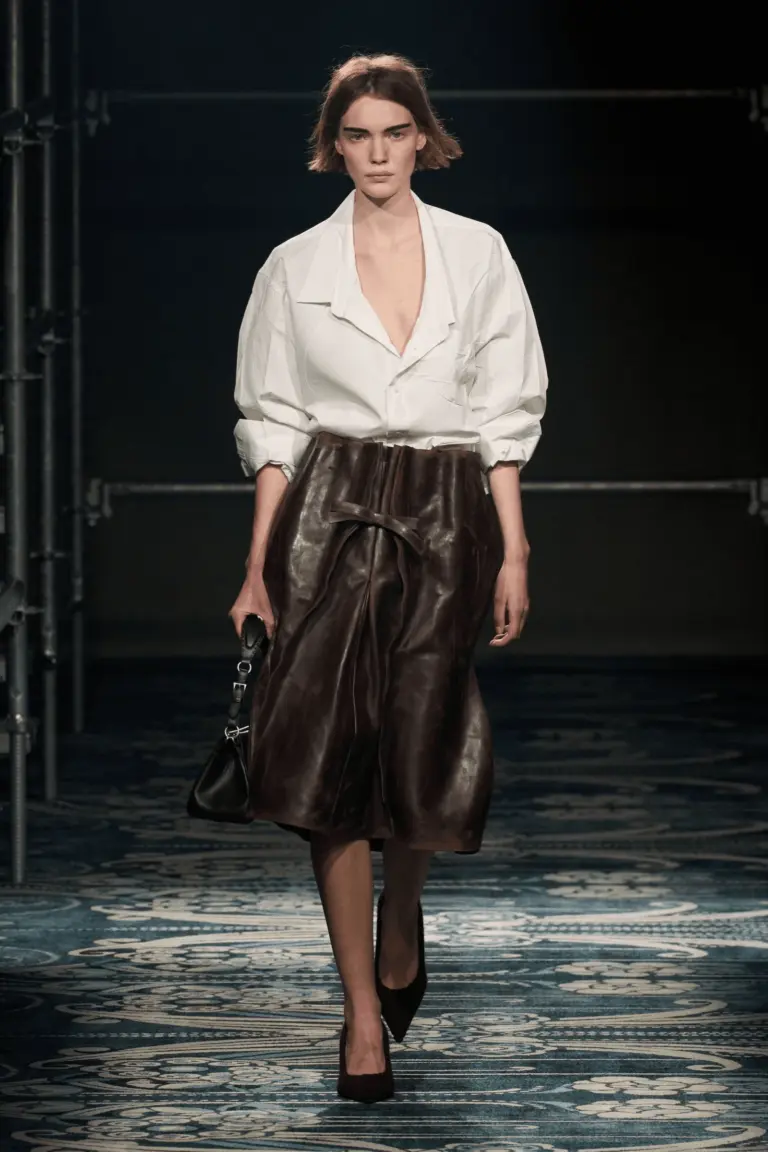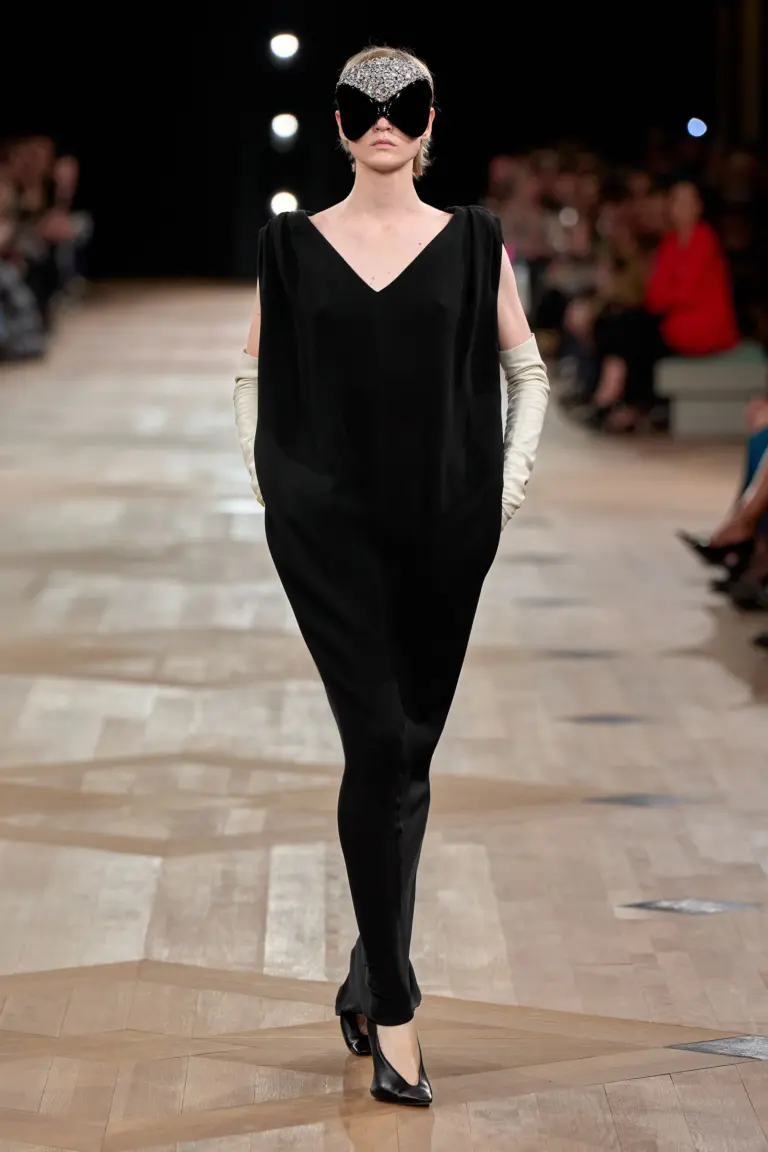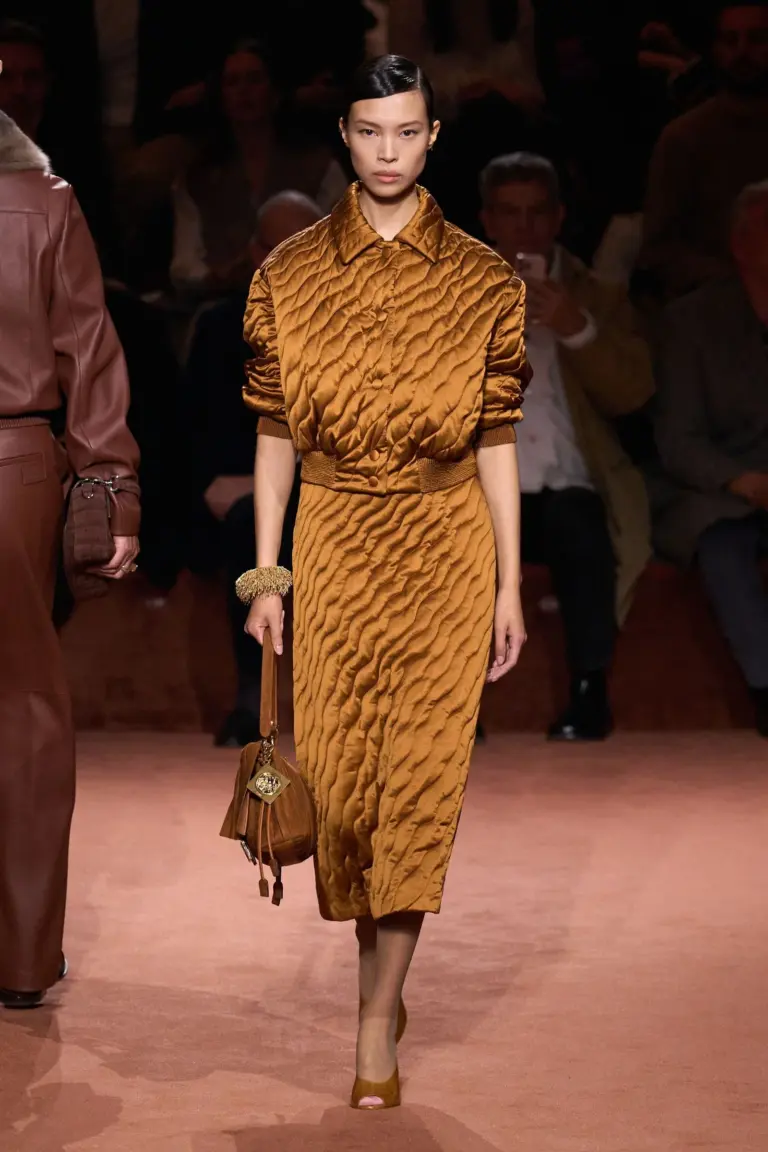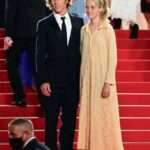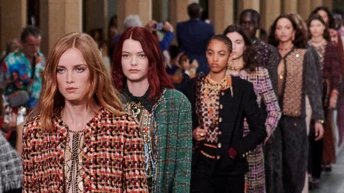 Share
Share
The autumn of 2025 has shaped up as one of the most vibrant times in contemporary style. The spring/summer 2026 presentations unveiled a string of significant launches and transformations, revolutionizing the field. We’ve already observed fresh ranges from Jonathan Anderson at Dior, Louise Trotter at Bottega Veneta, Dario Vitale at Versace, Demna at Gucci, Pierpaolo Piccioli at Balenciaga, and Glenn Martens at Maison Margiela – each presentation turning into a declaration of alteration and a novel aesthetic route. And coming up is the season’s premiere event: on October 6, Mathieu Blasi will unveil his debut line for Chanel. Against the backdrop of this epochal event, Vogue Ukraine casts a look back at the most memorable Chanel presentations that established the brand’s essence — and became a reference for what’s on the horizon.
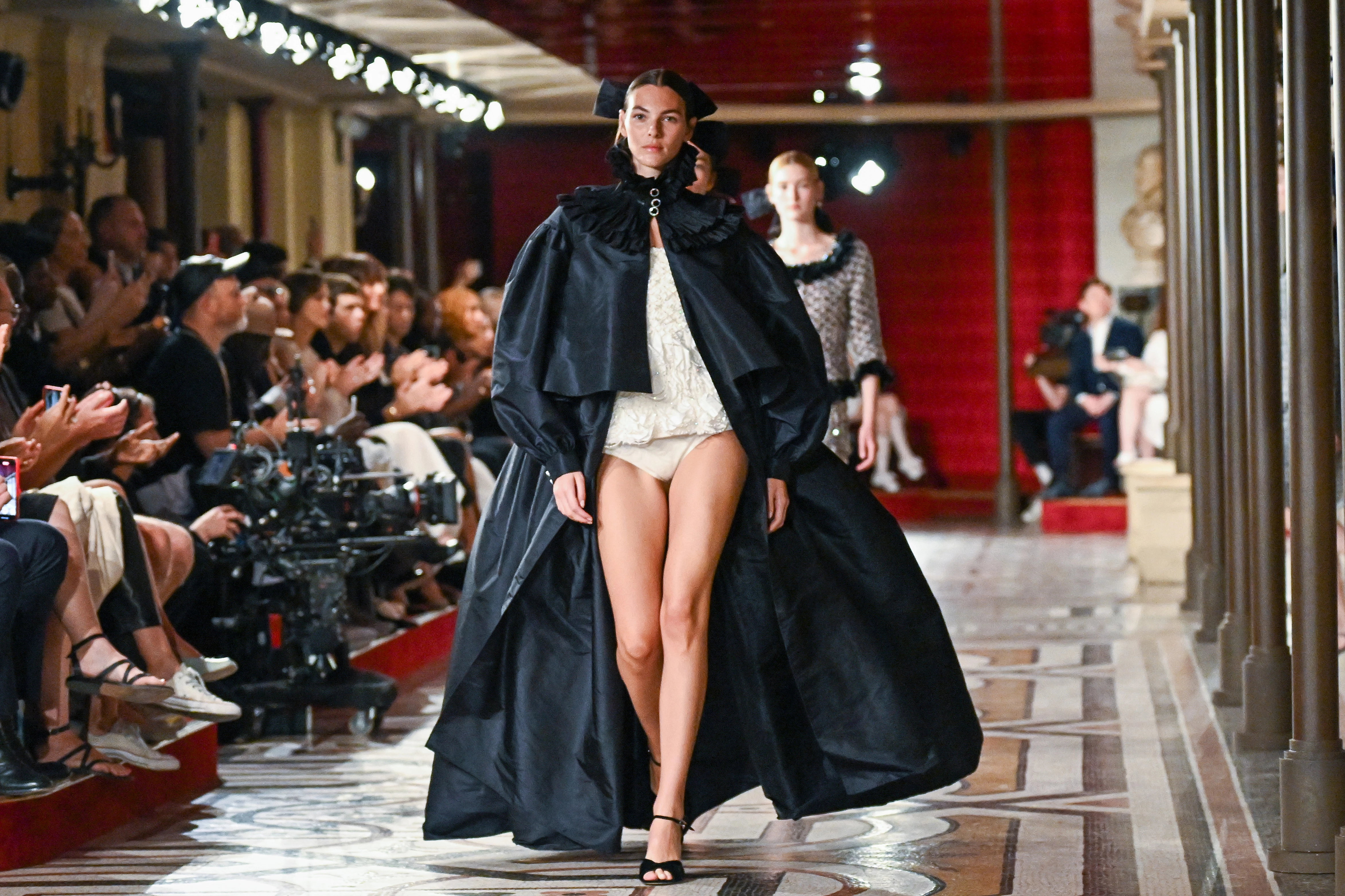 Chanel Haute Couture fall-winter 2024-2025
Chanel Haute Couture fall-winter 2024-2025
Advertising.
Across Chanel’s century-plus tenure, numerous occurrences have reshaped its standing on the global fashion platform. Spanning Chanel’s origin as a hat maker to the initial boutique in Biarritz, the surge in prominence during the 1920s with functional and avant-garde womenswear, the downturn amid World War II, the passing of Madame Chanel, and the entrance of Karl Lagerfeld—Chanel’s journey is multifaceted and captivating.
1954: Coco’s comeback to prominence
In the latter part of the 1950s, post-war Europe held hope for a fresh wave of style: in 1947, Christian Dior presented his New Look. The refined aesthetic, underscoring graceful forms, garnered accolades from critics. The snug bodice, cinched waistline, and billowing skirt or dress hem were Dior’s signature features, securing his position in fashion history. Nevertheless, not everyone welcomed this triumph. Coco Chanel, who had dictated fashion tendencies not solely in France but also across Europe for prior decades, dismissed the New Look as garish. She rebuked Dior for “constricting” women’s figures – an achievement she had previously attained in the 1920s. Countering this emerging face of French fashion, Chanel resolved to reestablish her studio. Summoning former loyal seamstresses, she launched the initial range since the establishment’s shutdown in 1939 during January 1954. Critics who attended the display reacted with lukewarm interest, perceiving little innovation.
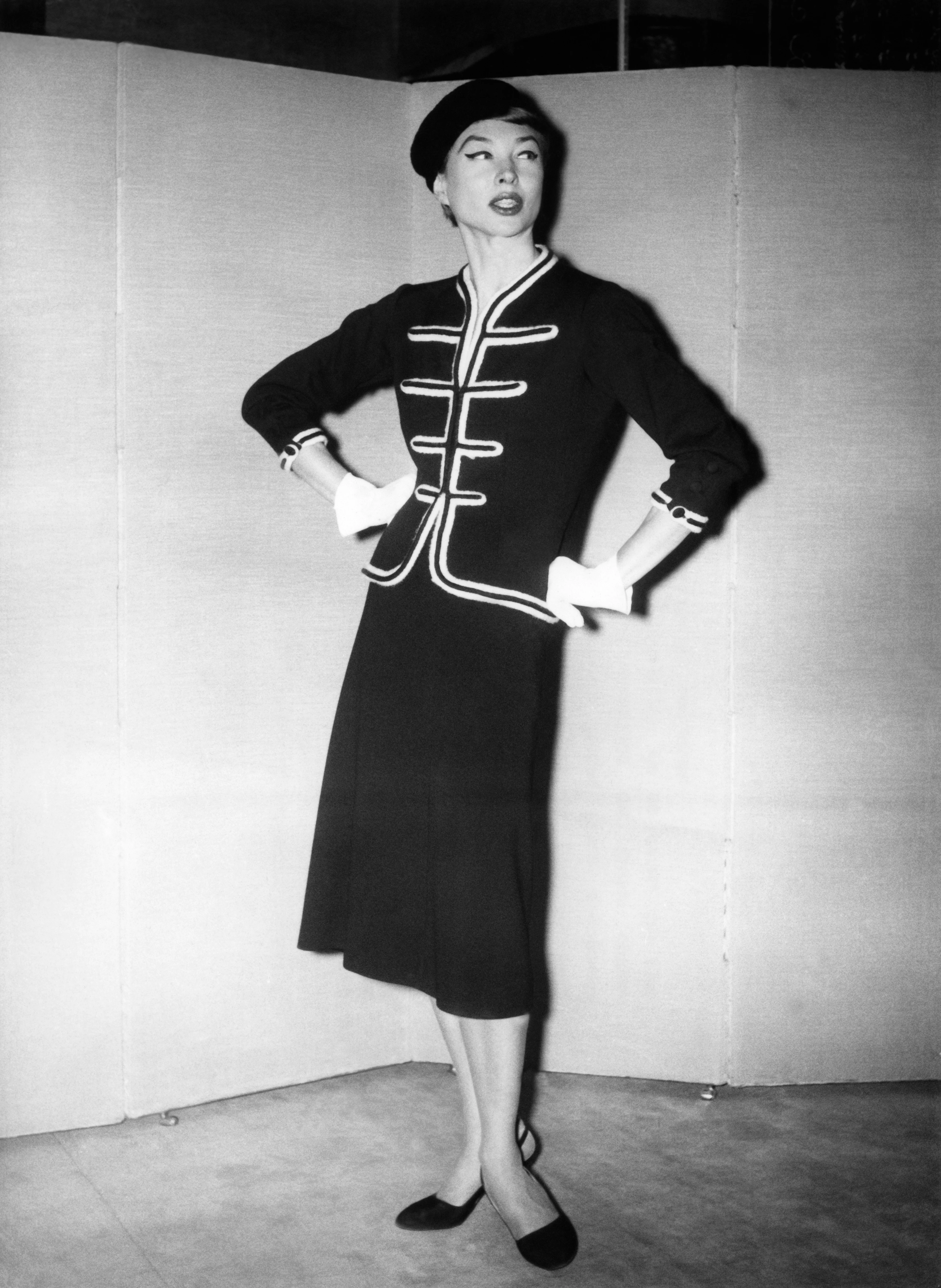 Chanel fall-winter 1956/1957
Chanel fall-winter 1956/1957
Several months prior to the relaunch of the Chanel atelier, American Vogue dispatched renowned journalist Rosamond Bernier to Paris to interview Coco. Bernier portrayed the famous couturier as: “A compact, dark-haired style icon, completely adorned in jewelry, sitting on an ample brown sofa, speaking of Chanel’s renowned, timeless style, which, in her words, “can enhance a woman’s beauty and youth.”
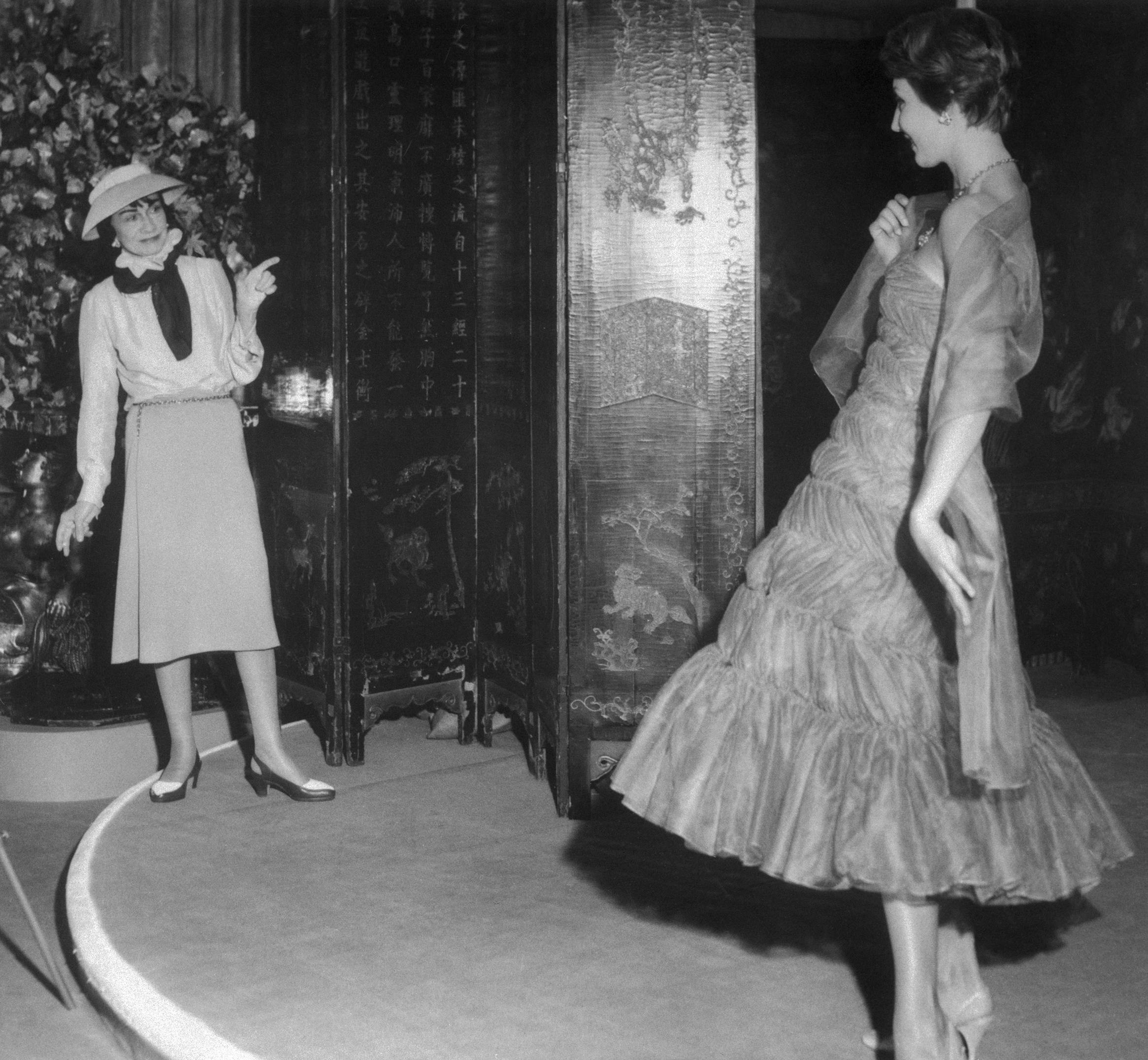 At the fitting room, 1950s
At the fitting room, 1950s
Coco Chanel never lacked humility, and therefore harbored deep conviction in her triumph, despite the adverse reactions from the French media. In 1955, she debuted the celebrated “2.55” bag, an enduring it-bag. The fashion upheavals of the 1960s then unfolded, sidestepping the Frenchwoman’s atelier but sparking substantial growth in the acclaim of the iconic tweed ensembles, requiring approximately 150 hours of sewing with meticulous attention to detail. Chanel persisted as a Haute Couture establishment until a new epoch emerged in 1983, marked by the arrival of the youthful and ambitious Karl Lagerfeld.
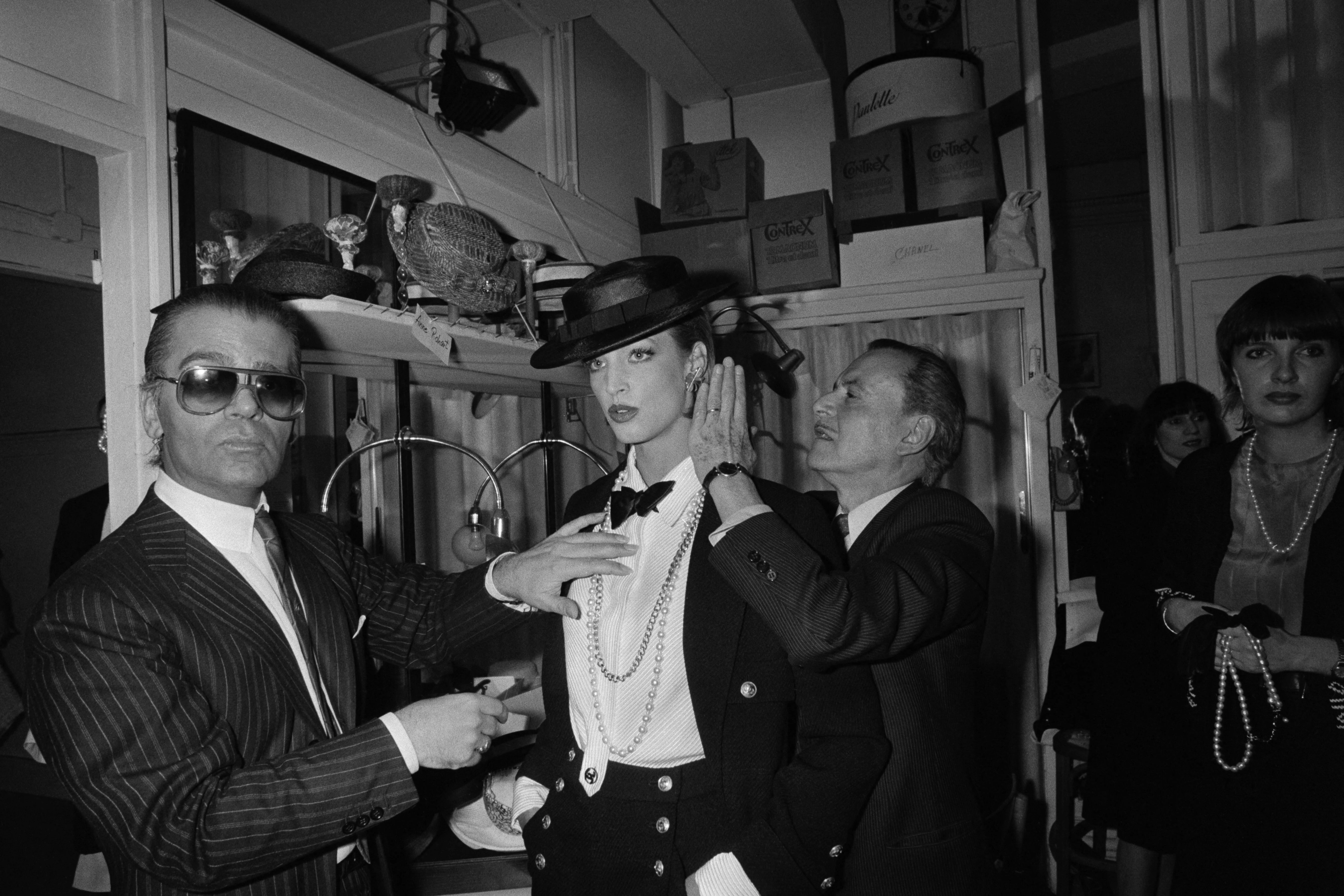
New Look-83
In late 1982, Karl Lagerfeld was appointed as the artistic director of Chanel. By the early 1980s, according to some sources, Coco’s suits were favored only by older Parisian widows. The core mission for the emerging Lagerfeld was to breathe vitality into the house while safeguarding its heritage. In the Haute Couture ’83 collections, he drew influence from Coco’s styles of the 1920s and 1930s, showcasing maxi dresses, updated iterations of tweed suits, headwear, and abundant jewelry.
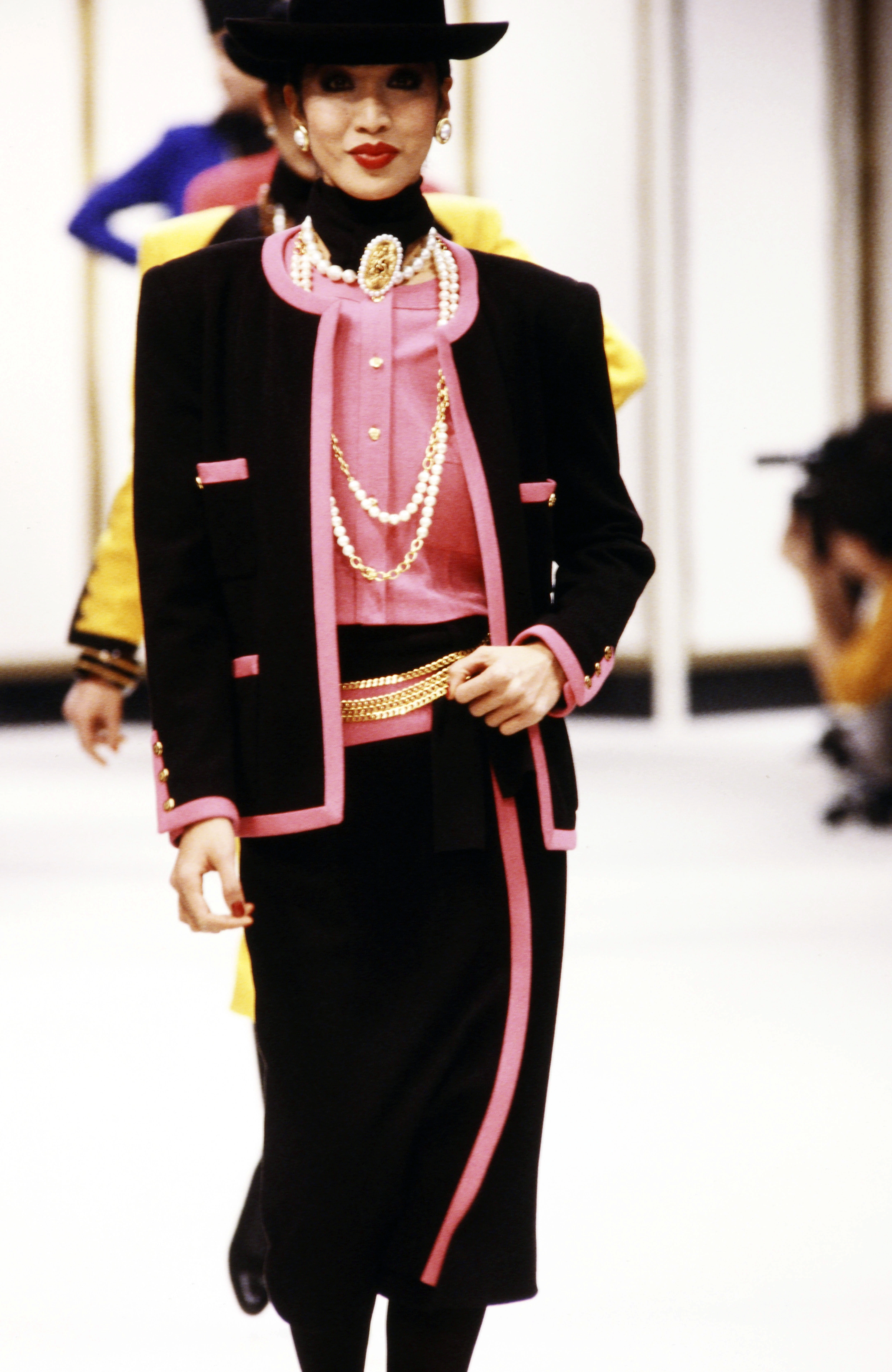 Chanel fall-winter 1984
Chanel fall-winter 1984
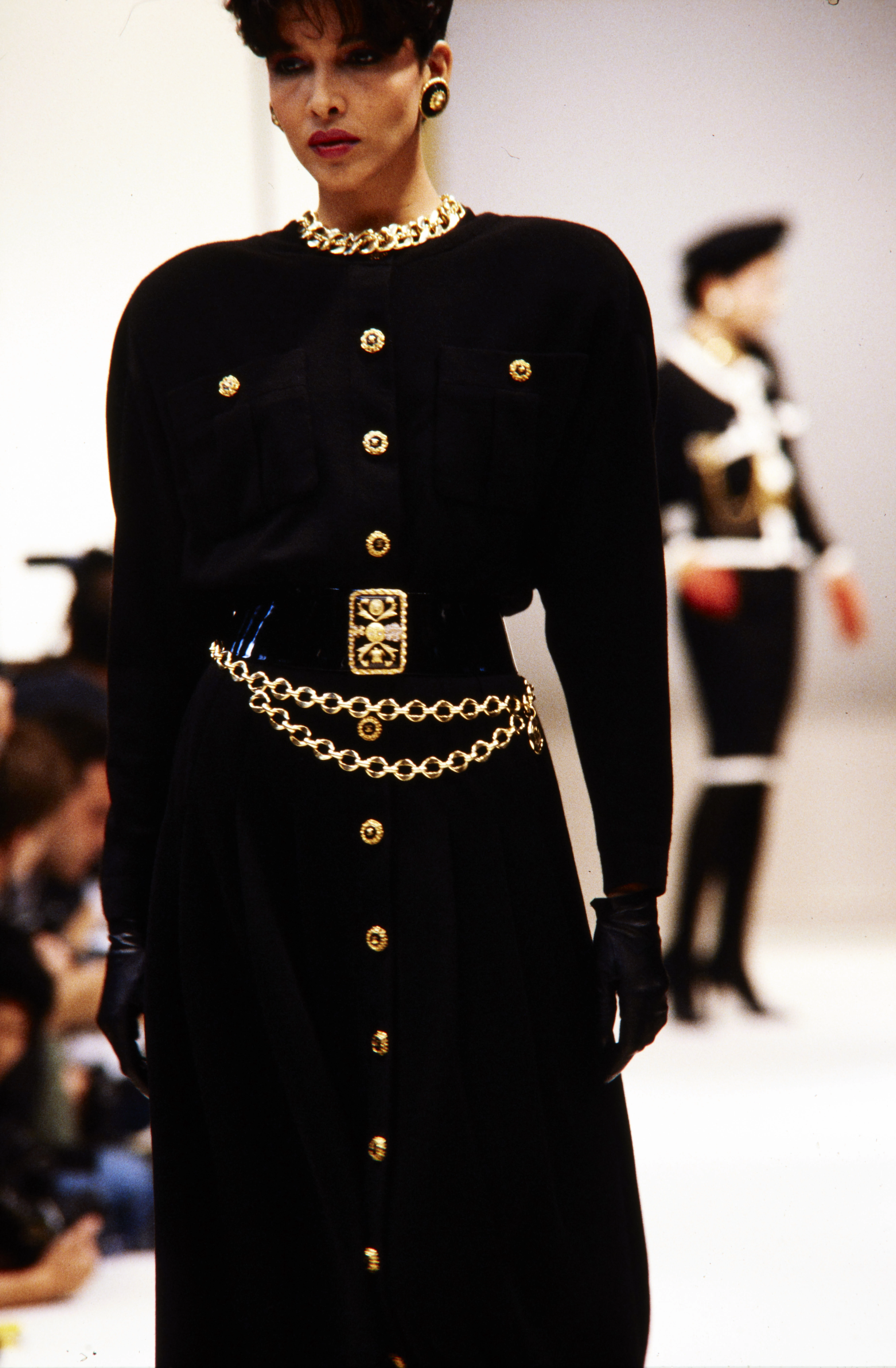 Chanel fall-winter 1986
Chanel fall-winter 1986
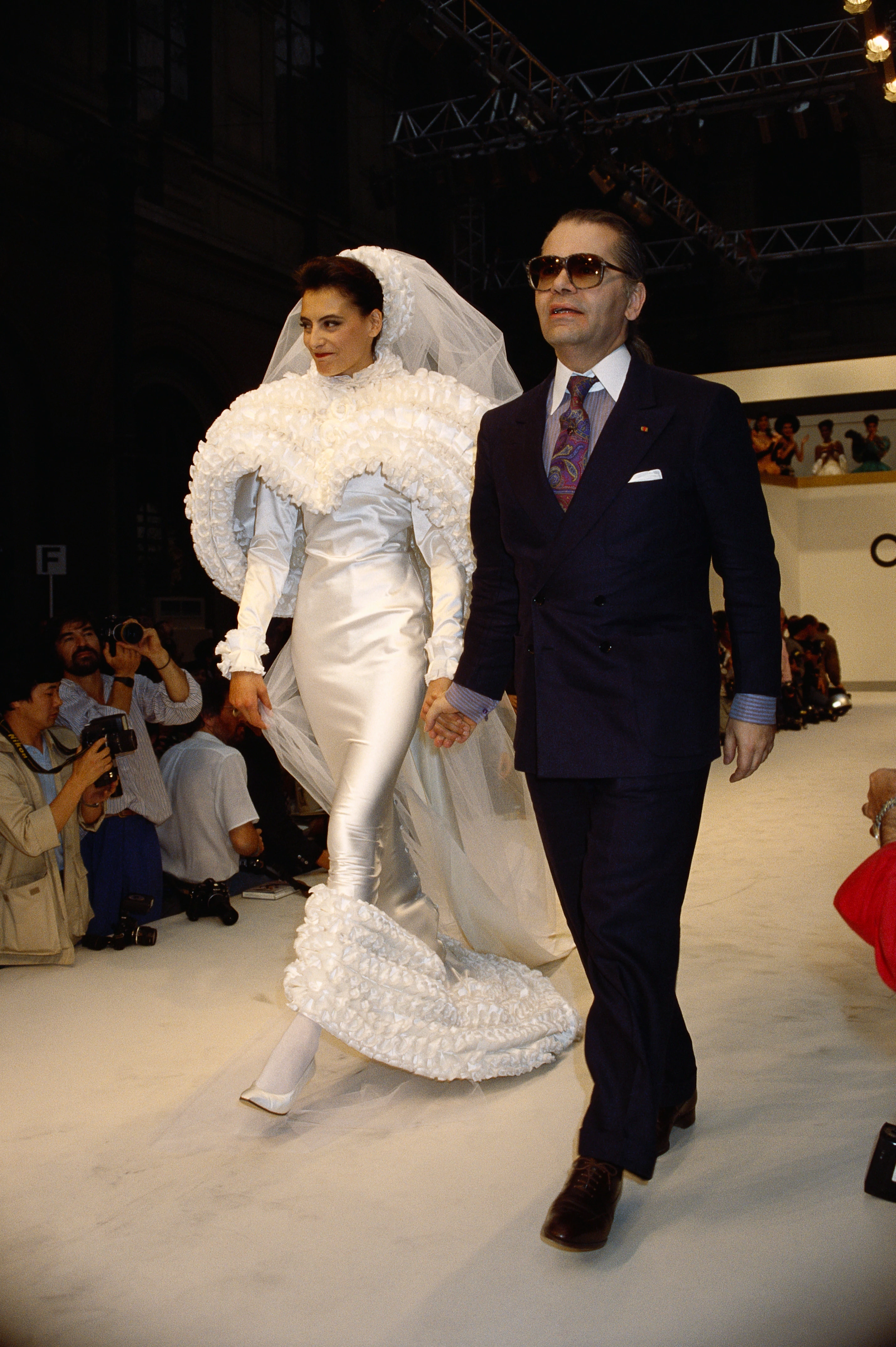 Chanel fall-winter 1987/88
Chanel fall-winter 1987/88
The dynamic 1990s
The fashions of the nineties will always be remembered for its wave of sex appeal, creative imagery, and the rise of legendary models. According to fashion observers, Chanel, much like a phoenix, experienced another revitalization in the 1990s – evolving into a brand desired by everyone. During that time, Lagerfeld, transcending the resistance of his followers in the 1980s, propelled the brand in a new direction. The focus on the body, celebrated models of that period, fresh colors, styles, and materials, realized through an extremely radical interpretation of Chanel’s cultural heritage – the primary visions of Karl. “Lagerfeld is notably daring,” – Vogue commenting on the 1991 autumn ready-to-wear collection.
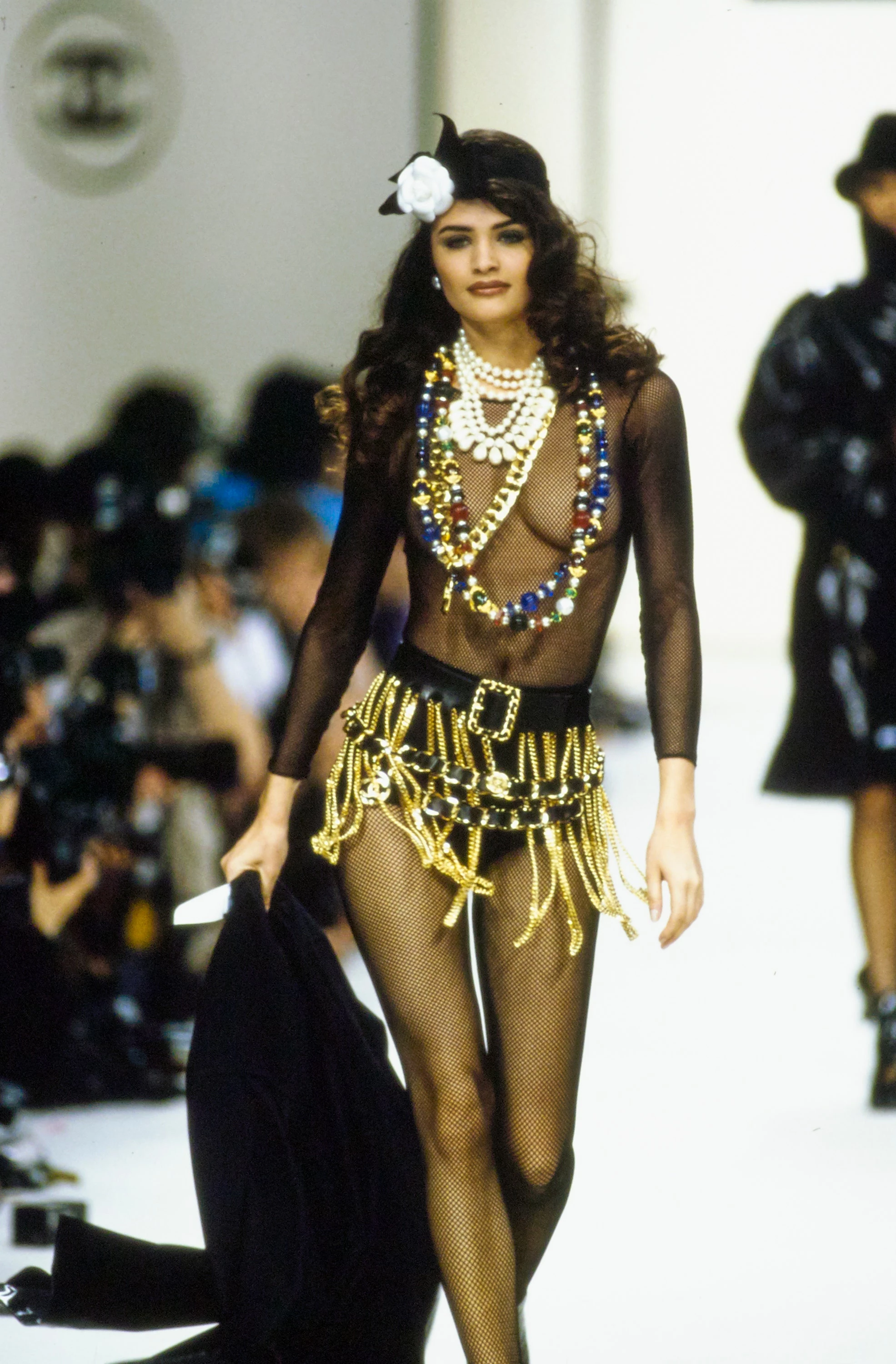 Helena Christensen at the Chanel show, 1991
Helena Christensen at the Chanel show, 1991
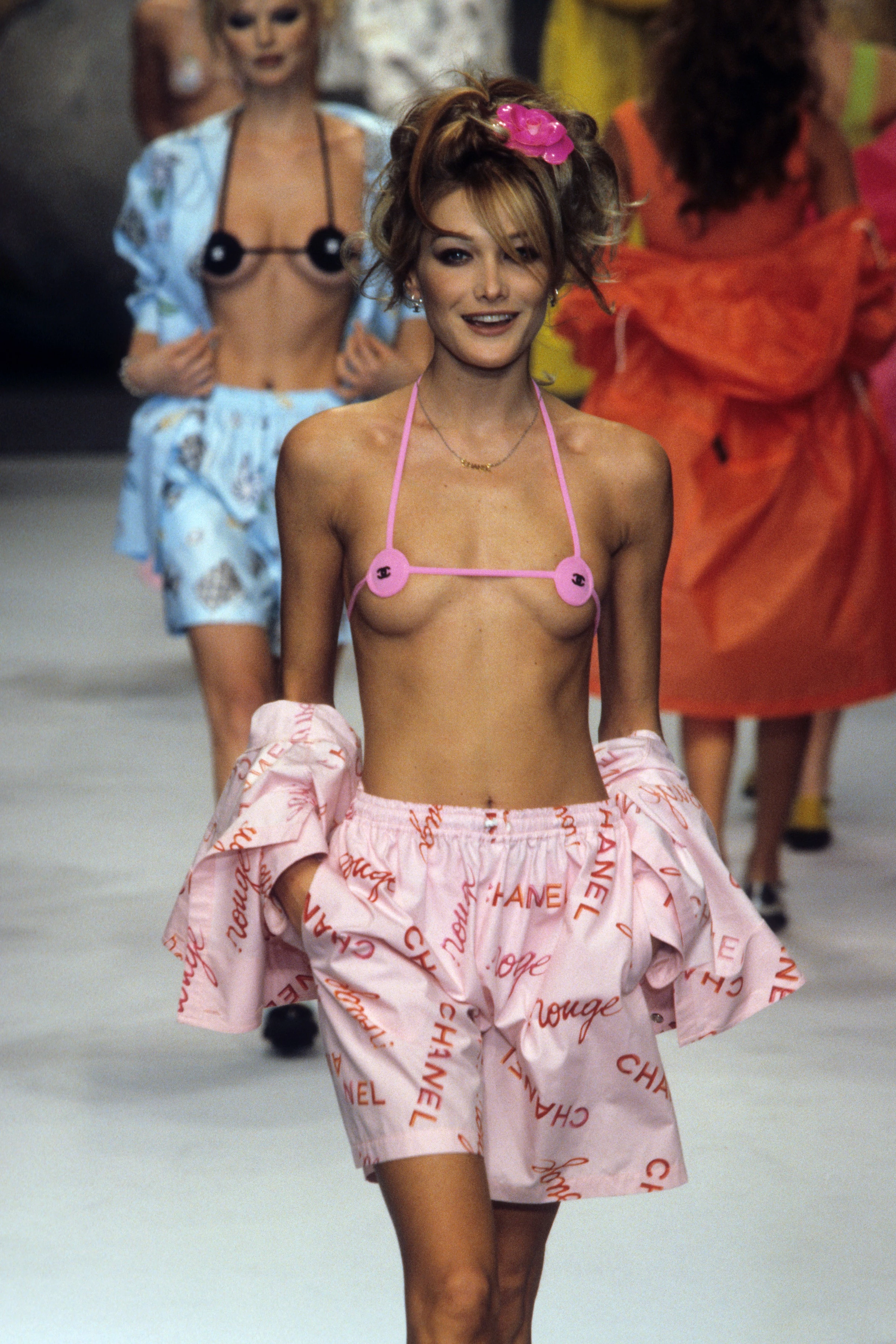 Carla Bruni, 1996
Carla Bruni, 1996
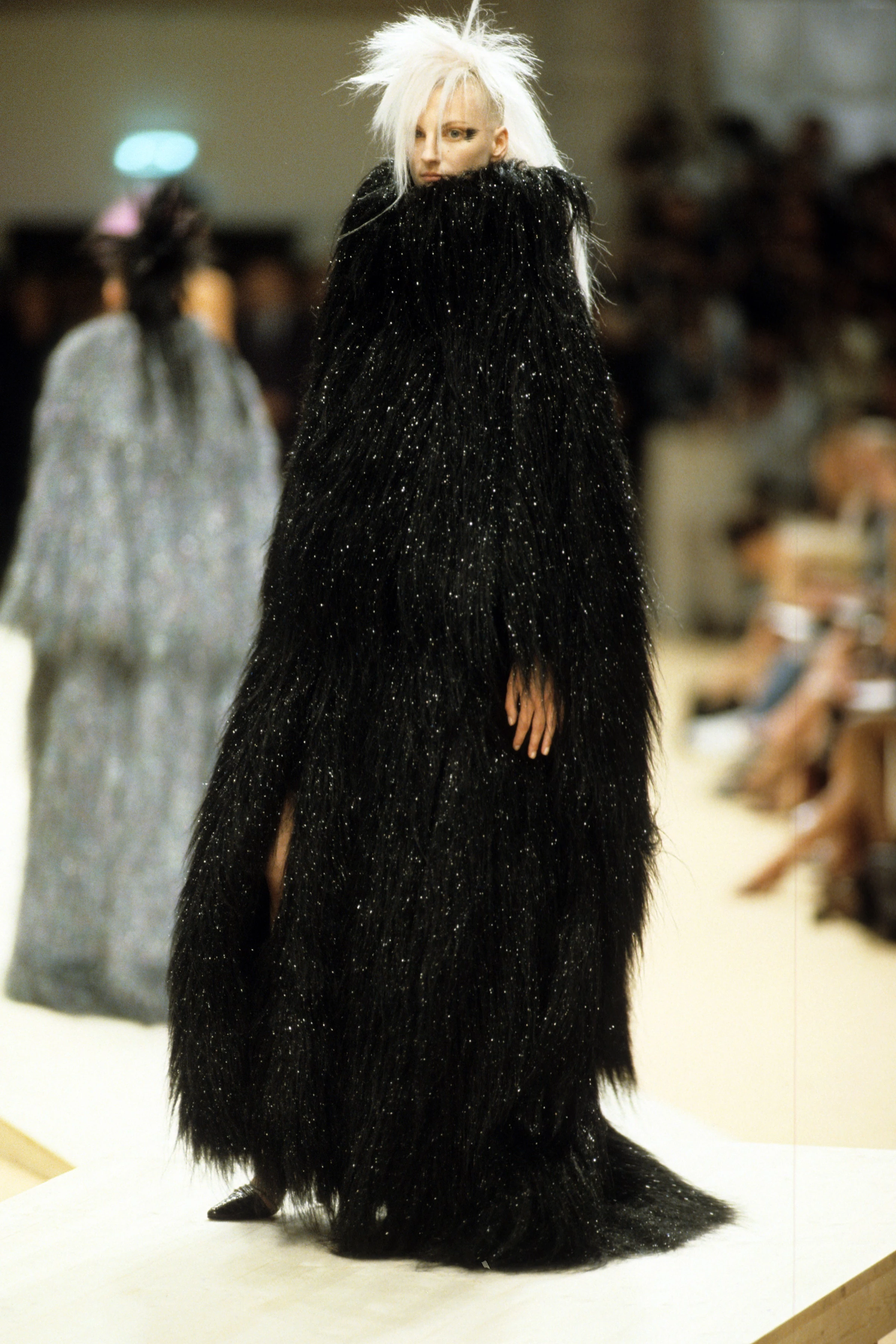 Chanel show, 1999
Chanel show, 1999
Unusual Concepts of the 2000s
In the 2000s, Karl Lagerfeld’s status as a genuine fashion figurehead was unchallenged. Chanel and Lagerfeld merged into one, as the fashion realm perpetually marveled at the House’s aptitude for launching ten collections annually. Tweed, headwear, short, long, medium lengths, chiffon, silk, pearls, ribbons, statement jewelry – all these elements crystallized into the Chanel aesthetic code. Everybody in fashion recognized Lagerfeld’s identity and his role. The era of amazement had begun. The inherent genius manifested strongly – from the early displays of the new millennium, one could notice not solely a novel aesthetic, but also his knack for surpassing the conventional shows of the fashion house.
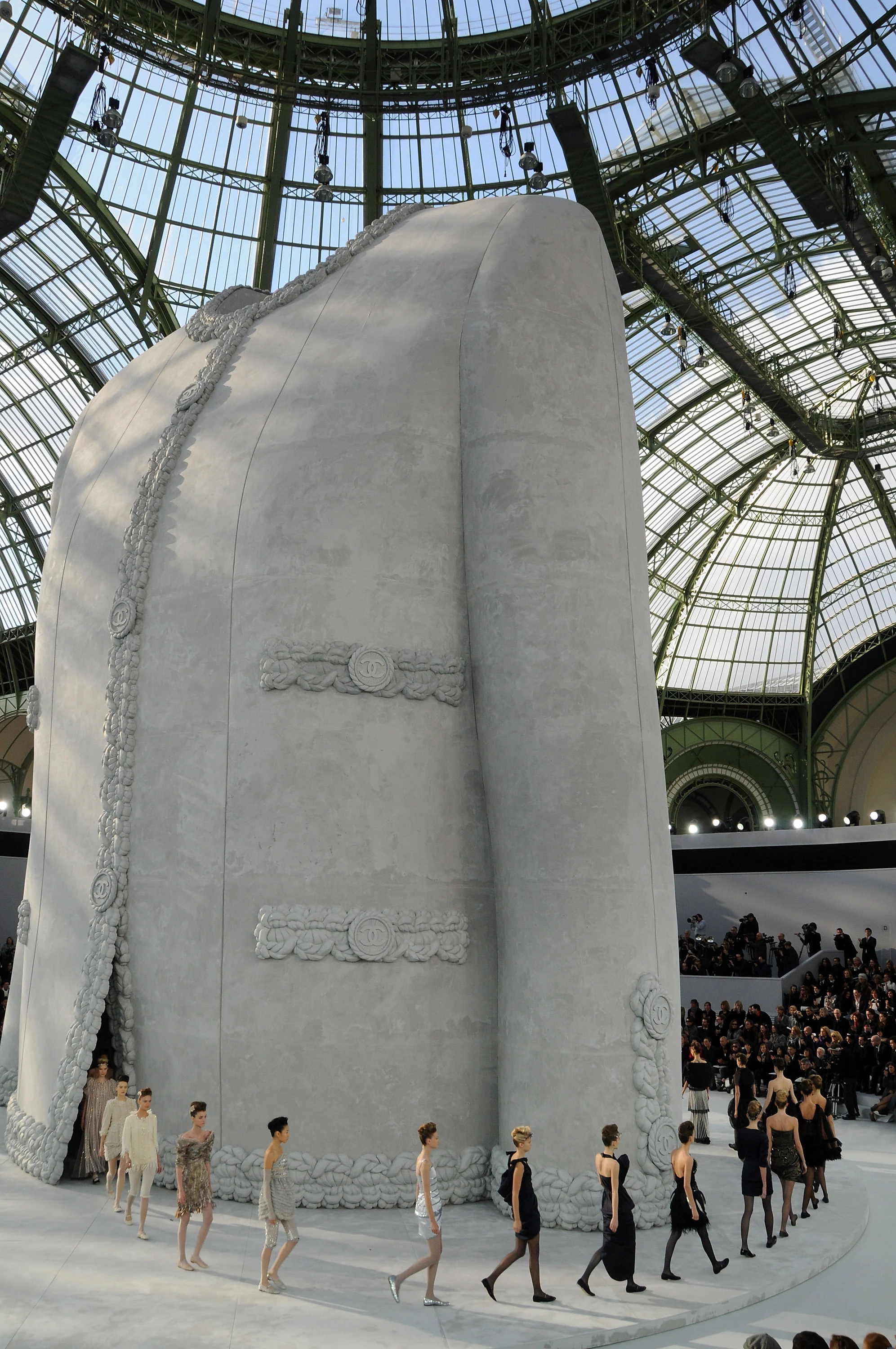 Chanel Couture spring-summer 2008
Chanel Couture spring-summer 2008
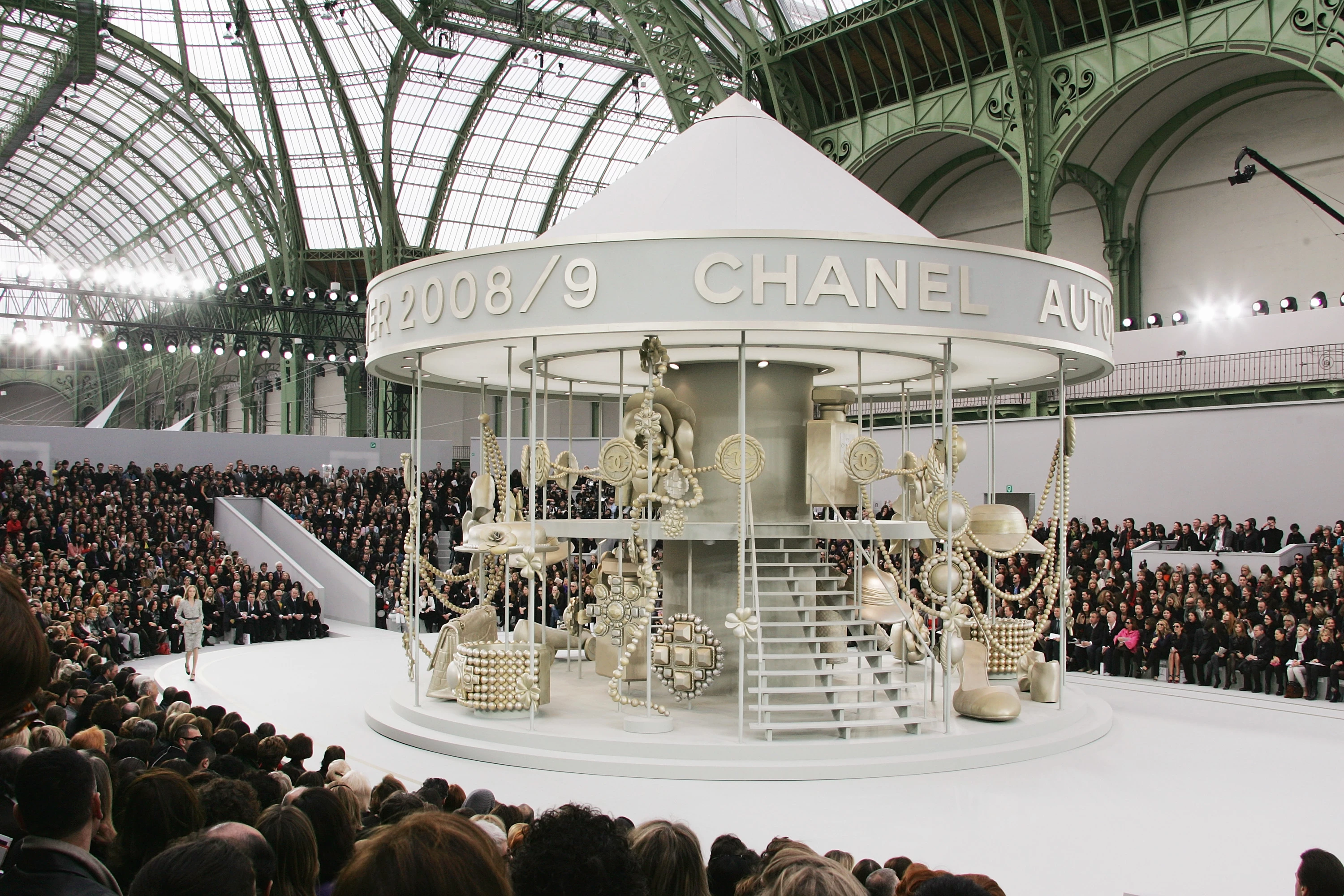 Chanel fall-winter 2008/09
Chanel fall-winter 2008/09
Extravagant Displays of the 2010s
The preceding decade saw the rise of social platforms, drawing more individuals into the fashion sphere. Chanel Airlines, an expansive supermarket, a rally for women’s empowerment, a casino, a return to Coco’s esteemed Ritz Hotel on Place Vendôme, and even a spaceport are some of the inventive concepts behind Lagerfeld’s collection launches. His universe of the 2010s revolves around radiant, grandiose displays, many attendees, and the persistent “surprise” of the audience. Karl served not only as a designer, but also as a director for his personal showcases, realizing the most captivating storylines.
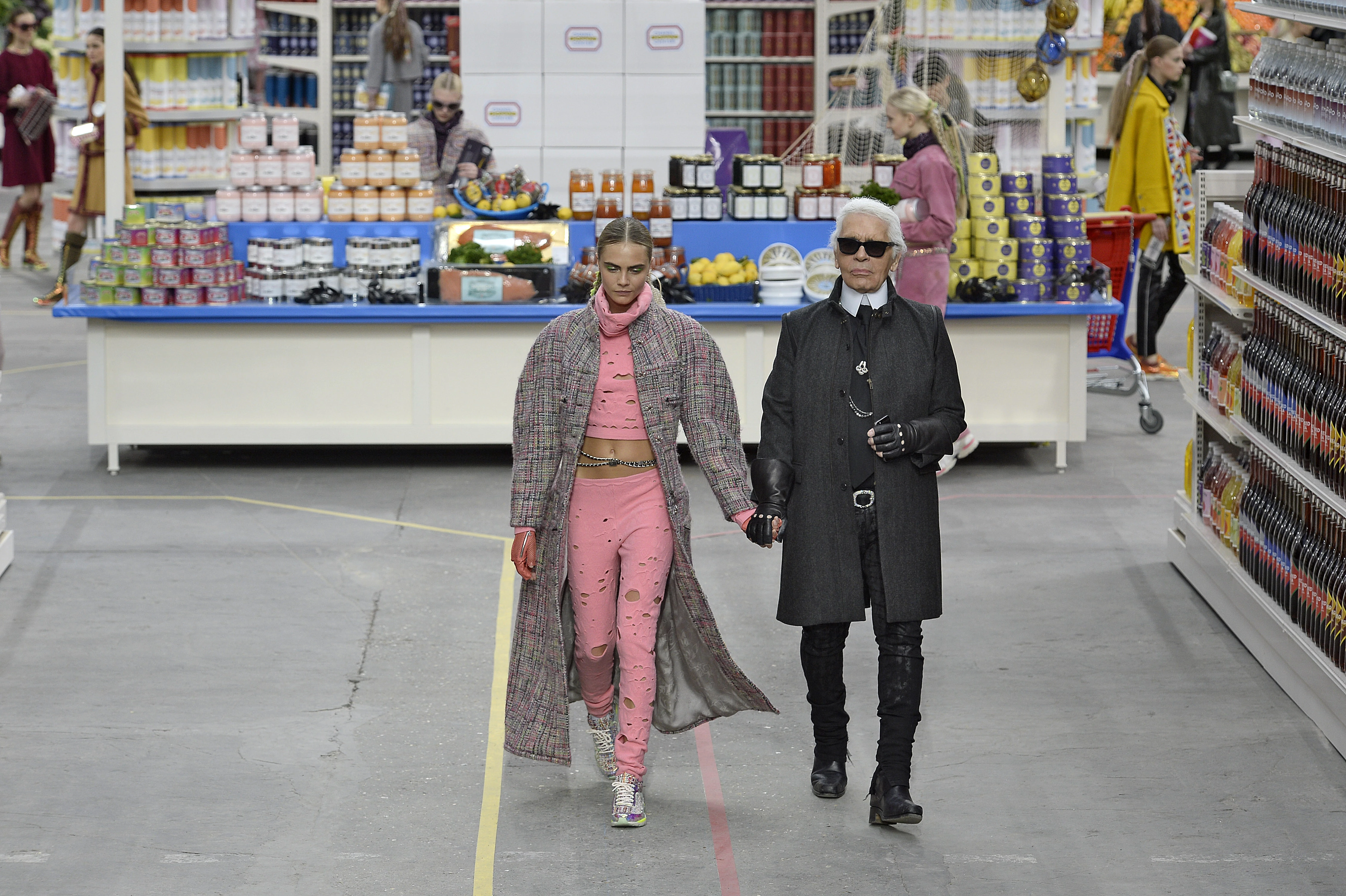 Chanel fall-winter 2014/15
Chanel fall-winter 2014/15
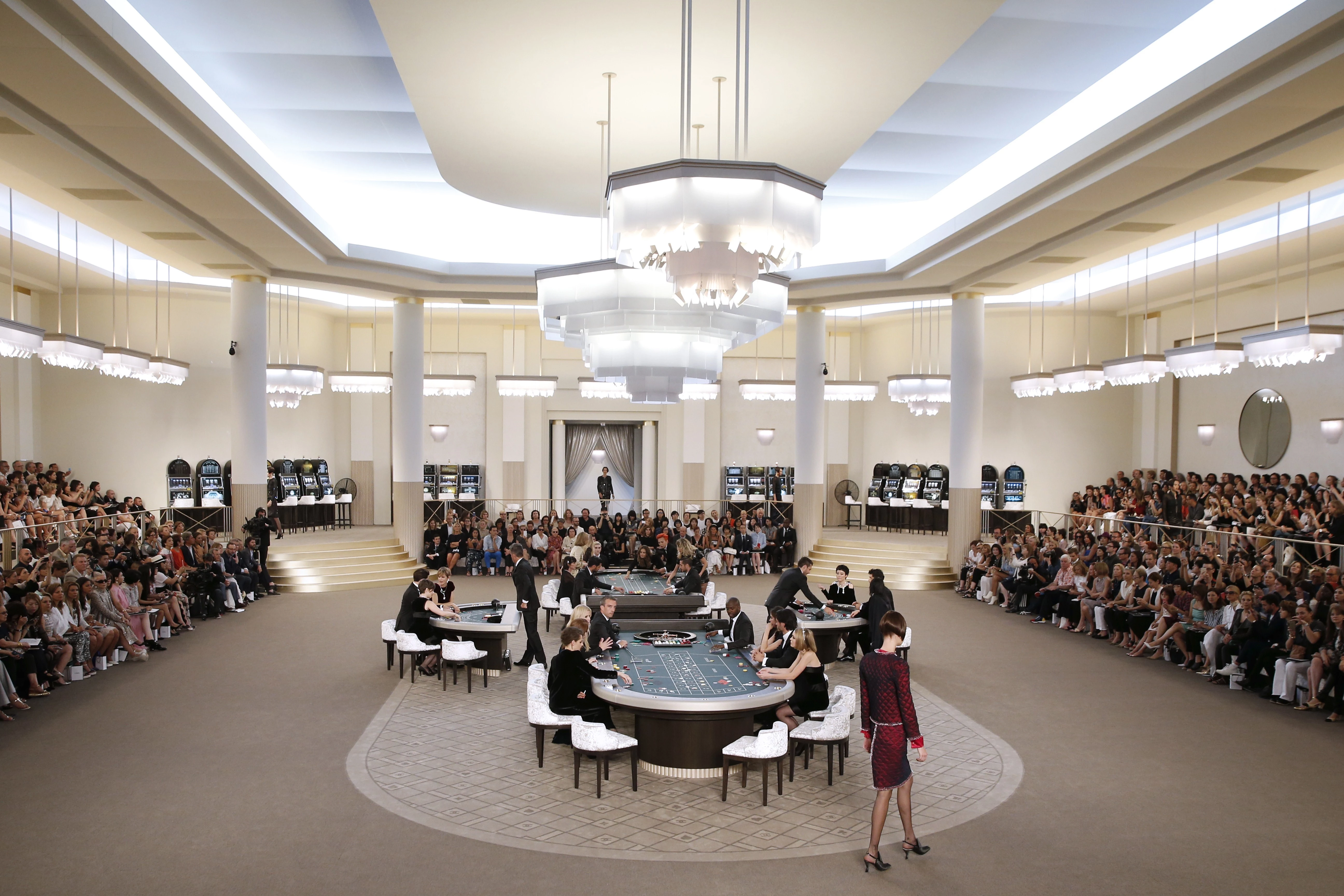 Chanel Couture fall-winter 2015/16
Chanel Couture fall-winter 2015/16
What form will the new era take?
In the winter of 2019, Karl Lagerfeld departed from this world, leading to Chanel being entrusted to his right-hand associate – Virginie Viard. She has gained prominence for her detail-oriented focus and accent on accessories, while extending the house’s show locations (Marseille, Monte Carlo, Los Angeles), broadly carrying on the legacy of her master. Despite more critique than praise directed at Viard from the fashion sector over the past few years, her Haute Couture displays are nevertheless deserving of attention.
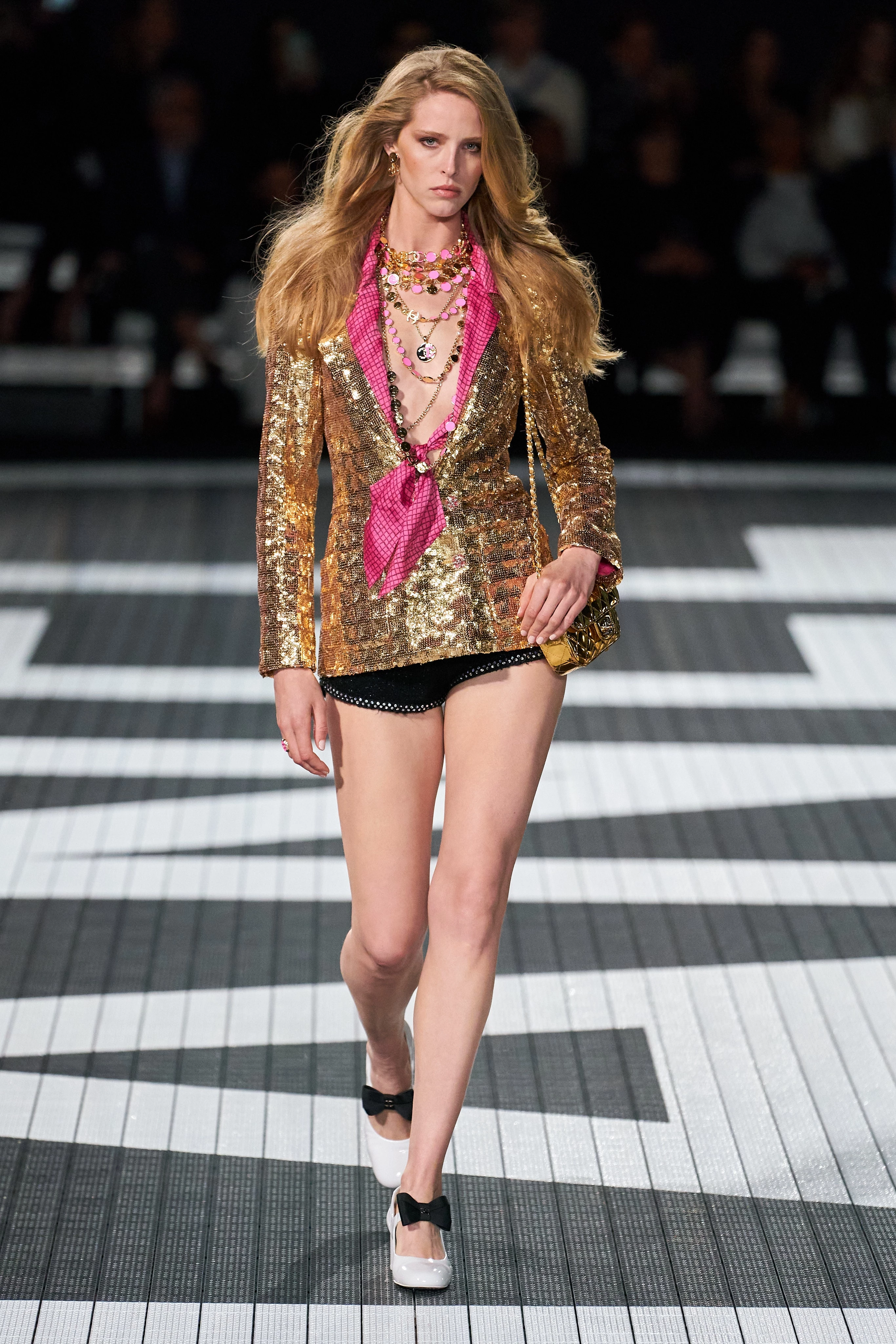
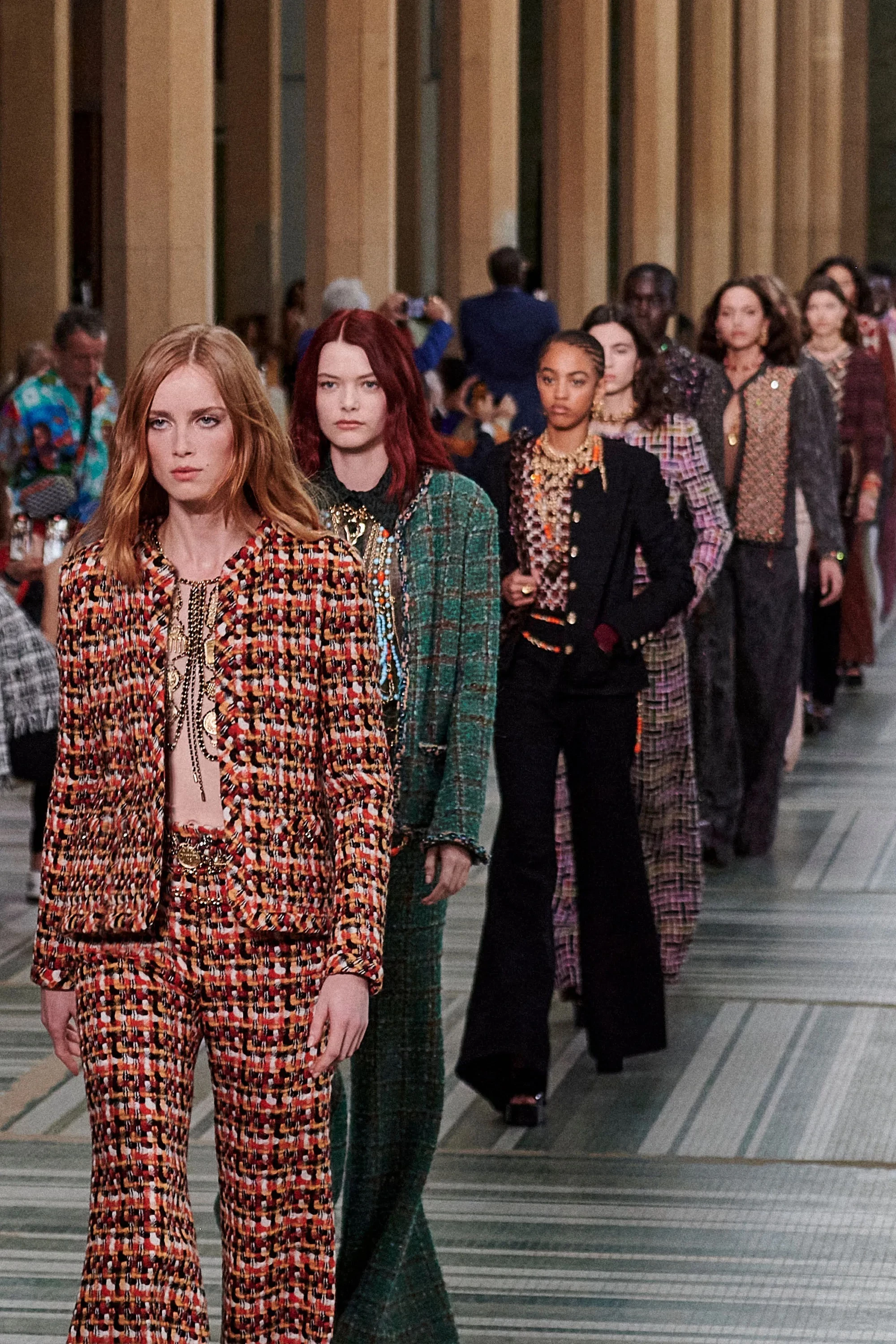
The innovative chapter of Chanel, helmed by Mathieu Blasi, is in its beginning stages; yet, discourse is rampant across social platforms regarding the artistic choices of this designer, who has undeniably ascended to the most sought-after position in the world of haute couture.
Text: Vova Motrychuk


